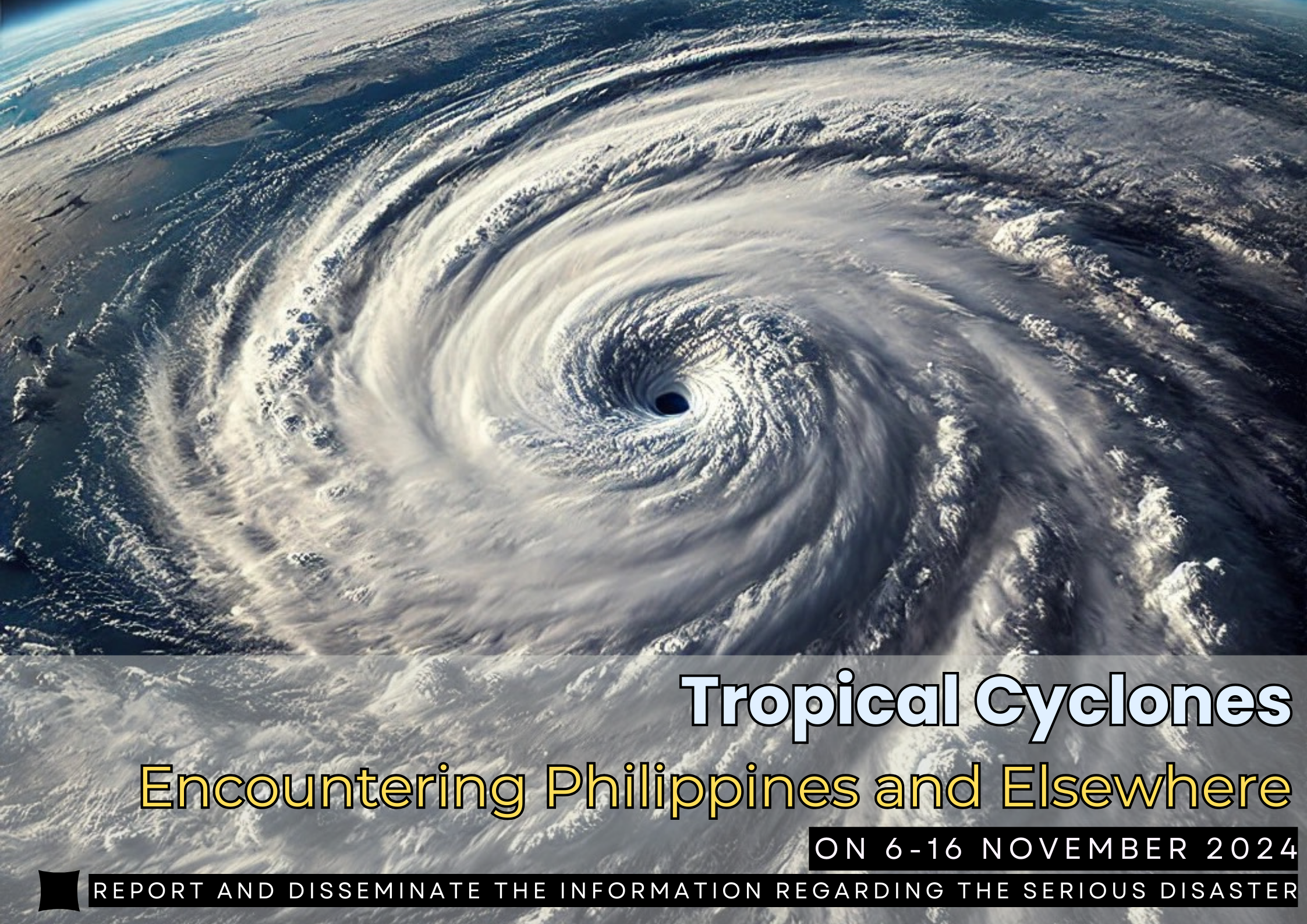
On 21-22 October 2024, the AFSIS Secretariat, in collaboration with the Japan Aerospace Exploration Agency (JAXA), the Remote Sensing Technology Center of Japan (RESTEC), and the Office of Agricultural Economics (OAE), Ministry of Agriculture Cooperatives (MOAC), conducted a workshop conducted a workshop Promote rice planted area and production estimation using space-based technologies in Thailand at the Meeting Room 3, Innovation Building, 3rd FL, Office of Agricultural Economics (OAE)
Dr. Sumanya Ngandee, AFSIS Manager, delivered the welcome address and opening remarks by Mrs. Tantita Bunyanameekul Deputy Secretary General, Office of Agricultural Economics, Ministry of Agriculture and Cooperatives, Thailand, and Dr. Kei Oyoshi Senior Researcher, Earth Observation Research Center, JAXA. The workshop was attended by participants from the Center for Agricultural Information (CAI) and the officer from the regional office,
This workshop aims to strengthen the capabilities of officials from the OAE and Regional office in utilizing remote sensing data to assess rice cultivation areas and estimate rice production using ALOS-2 and Sentinel-2 satellites. This initiative is integral to improving agricultural monitoring through the INAHOR system.
This workshop was completed with the cooperation of all participants. and its results will enhance the capacity of officials to improve the accuracy of statistical data collection. Additionally, it will support in-country activities under the SAFER project. AFSIS plans to organize more training workshops related to INAHOR activities next year.









In late November and early December 2024, Malaysia and southern Thailand experienced severe flooding and heavy rainfall, which caused widespread damage, including landslides and agricultural devastation. In Malaysia, 25 districts across seven states were severely impacted, with households evacuated and extensive flooding reported. Similarly, southern Thailand experienced heavy rains and flash flooding, particularly in provinces affecting over 136,000 households. The floods severely damaged agricultural sectors, with significant losses in paddy rice and other crops, amounting to millions of dollars in damages in both countries. In response, both nations initiated emergency measures, including providing aid and conducting damage assessments. Malaysia focused on intensive assistance to affected households, while Thailand mobilized a range of relief efforts, including specialized equipment and emergency vehicles, to support flood-stricken regions. The agricultural losses in both countries highlight the critical need for improved disaster preparedness and more resilient agricultural systems.

The tropical cyclones that impacted the Philippines in November 2024, including Yinxing, Oraji, Usagi, and Man-Yi, have caused widespread devastation across several provinces, resulting in heavy rainfall, severe winds, flooding, and significant agricultural damage. These storms have left communities grappling with extensive losses, including damaged crops, disrupted livelihoods, and displacement. Despite the severe impacts, the government of the Philippines, along with international aid from neighboring countries and global partners, has mobilized resources for relief and recovery. The ongoing efforts to assist those affected highlight the resilience of the Filipino people and the importance of continued preparedness in the face of natural disasters.

On 26-27 November 2024, Dr. Sumanya Ngandee, the AFSIS Manager, participated in the 30th session of the Asia-Pacific Regional Space Agency Forum (APRSAF-30), held in Perth, Australia. This event was co-organized by the Australian Space Agency (ASA), the Ministry of Education, Culture, Sports, Science and Technology (MEXT) of Japan, and the Japan Aerospace Exploration Agency (JAXA). The forum's focus was to bring together stakeholders from various space agencies in the Asia-Pacific region to address pressing regional issues through space-based solutions.

On Sunday, November 3, 2024, at 22:57 WITA, Mount Lewotobi Laki-Laki, one of Indonesia’s 120 active volcanoes, erupted on the island of Flores in East Nusa Tenggara province, The eruption, lasting 24 minutes (1,450 seconds), was recorded with a massive amplitude of 47.3 mm. According to Indonesia's National Disaster Management Agency, a strong eruption sent ash up to 2,000 meters (6,500 feet), affecting over 10,000 people. Smaller eruptions followed on November 5-6. In response, the Center for Volcanology and Geological Hazard Mitigation (PVMBG) raised the volcano’s alert status to “Awas” (Level IV), indicating a high danger level.
Visitor Info 322281 | Today 180 | Yesterday 288 | This week 2939 | This Month 9553 | Total 322281
Copyright 2017. ASEAN Plus Three
Food Security Information System Rights Reserved.